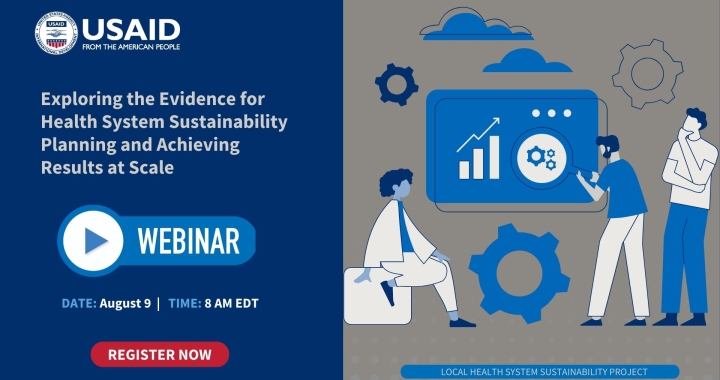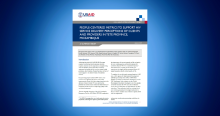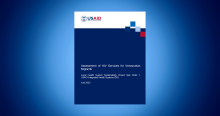People-Centered Outcome Metrics for HIV
LHSS partnered with two government health facilities in Tete Province, Mozambique, to introduce six people-centered indicators to program staff, providers, and clients to validate and refine the indicators and to determine how they might drive improved client care. The study aimed to understand the relevance of the indicators and their potential to generate data that can inform improvement in the management and provision of HIV care.
Knowledge Products
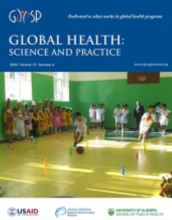
.A validated, streamlined set of metrics can help the HIV community drive toward such a “people-centered” orientation and advance the Joint United Nations Programme on HIV/AIDS’ 2025 target of linking at least 90% of people living with HIV and people at risk to people-centered and context-specific integrated services.
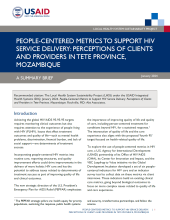
To explore the use of people-centered metrics in HIV care, a set of six people-centered indicators for HIV care and an indicator survey tool were developed to collect data on the metrics via client interviews. This brief summarizes findings and draws recommendations from an exploratory qualitative study to assess the acceptability, feasibility, integrability, and relevance of both the indicators themselves and the indicator survey tool employed to gather client data.
This report is a health system assessment focused on HIV care services for Venezuelan migrants living in Peru. The assessment reviews secondary data sources; interviews with key informants, users, and professionals who are responsible for health facilities providing Antiretroviral Therapy (HF ART); observes visits to selected HF ART; and provides an overview of a self-administered survey to those responsible for HF ART in the country.
This report provides a summary of the results of the quantification of demand for HIV commodities for the Venezuelan migrant population in Peru. It includes the capabilities and limitations of the quantification model, its approach to quantification, and the sources used.

